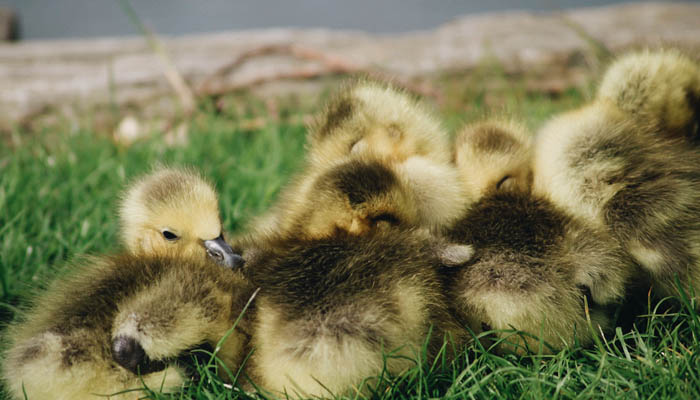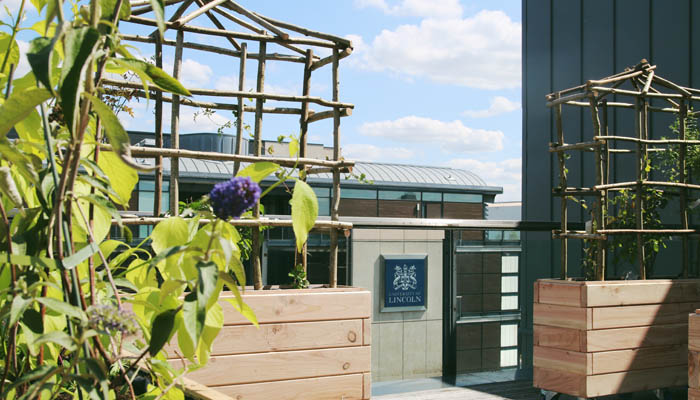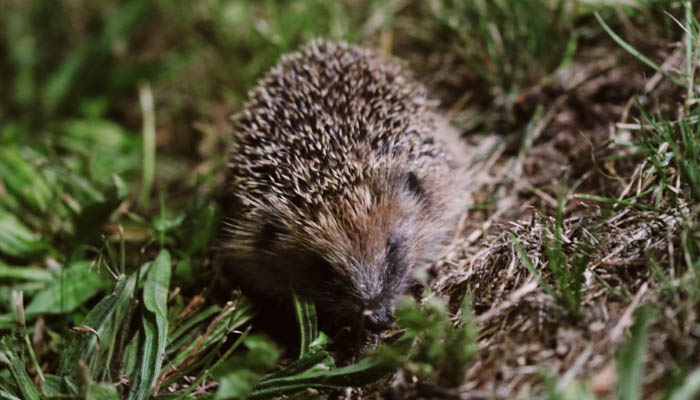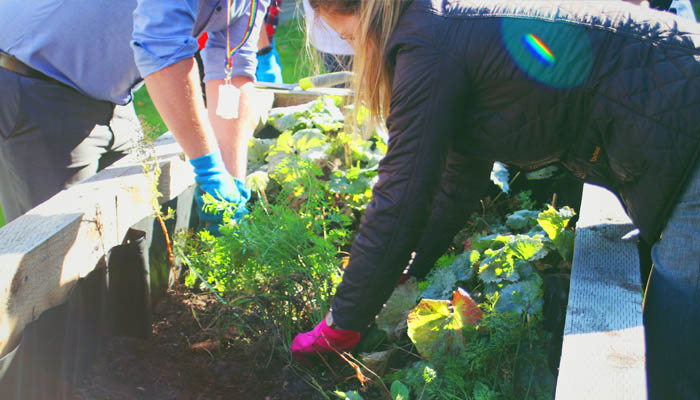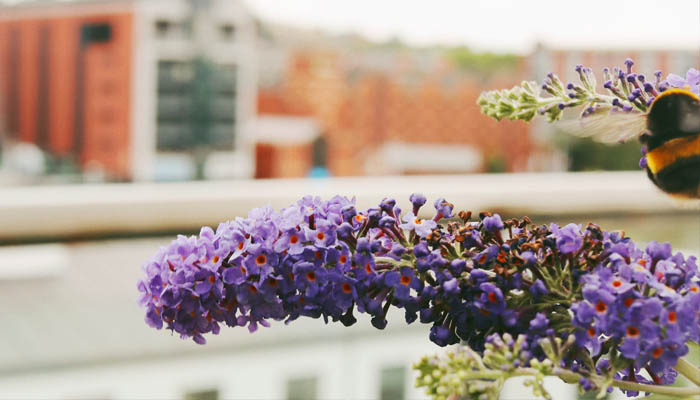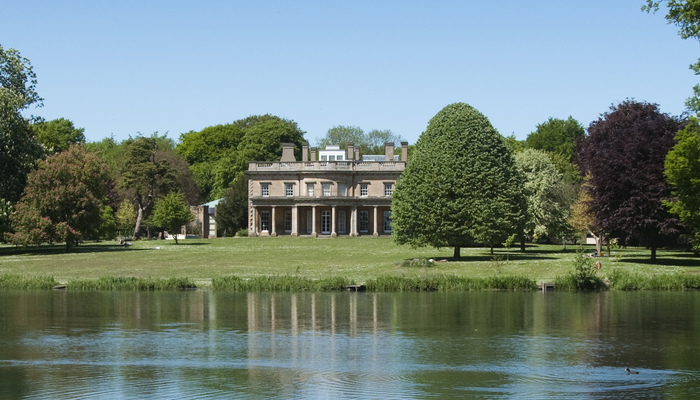Sustainable Campus

Reducing the Impact of Our Operations
As a rapidly growing University with over 14,000 students and 1,500 staff, we know that our activities will have an impact on the environment. This is why we’re working to reduce the negative impact of our operations, whilst also finding opportunities to make a positive impact.
In 2019/20, the University was directly responsible for 5753 tonnes of carbon emissions, a 34% reduction from our baseline year of 2009/10. The most significant contributor to the University’s carbon footprint is the use of energy in our buildings. In 2019/20, this accounted for 48% of our total carbon emissions (CO2e).
Our Sustainability team, based in the Estates Department, is working hard to reduce energy consumption and utilise our estate as a resource to improve biodiversity and support environmental sustainability projects. This team supports the University to maintain the internationally recognised ISO14001 standard for Environmental Management, the ISO5001 standard for Energy Management, and the EcoCampus Platinum award.
Key achievements in 2021/22:
-
Approval of two new and ambitious carbon reduction targets: to reduce carbon emissions by 60 per cent by 2030 against a 2009/10 baseline and to achieve Net Zero carbon emissions by 2040.
- Commissioned a Heat Decarbonisation Study for Riseholme.
- Supported the development of specifications for Lawress Hall (energy strategy) and Barbican (sustainability specification), including ongoing development of a net zero plan for Lawress Hall.
- Continued to develop the Environment and Energy Management System, with a combined surveillance audit.
- Developed and achieved sign off for a new Parking Policy aiming to reduce single-occupancy car travel.
- Explored energy saving Opportunities with Digital Services, culminating in appointment of external consultant to develop plan for data centres to be more energy efficient.
- Achievement of the Hedgehog Friendly Campus Gold Award.
- Development of waste management in the Minerva Building, with introduction of food waste collection and trial of new bins with the aim to roll out in other catering outlets.
Case Study: Lincoln Medical School
The Lincoln Medical School Building, completed in 2021, is the most sustainable building across the University's estate, featuring solar panels on the roof and front of the building. It also features a 'living wall', consisting of 15 varieties of plants. Living walls can help insulate buildings, aid biodiversity locally, and benefit the mental health of staff and students. The landscaping around the building has been reseeded with grass seed and wildflowers, which, once established, will support our campus wildlife, including birds, bees, and small mammals such as hedgehogs.
The building has been extensively energy modelled to ensure that the equipment running the heating, cooling, and ventilation takes into account how our university buildings are used. This includes seasonal changes such as term time teaching, maximising natural ventilation to reduce the requirement of mechanical ventilation. Daylight dimming is also in place in many areas of the lighting across the building — when natural daylight levels are high enough, the lighting inside the building will adjust to suit or switch off altogether.
The building is also fully run on electricity as the grid is naturally being de-carbonised. The building is extensively energy metered and our Estates team have support from a consultant for the next 3 years in monitoring the energy use in spaces and working with the building users to improve this where possible.
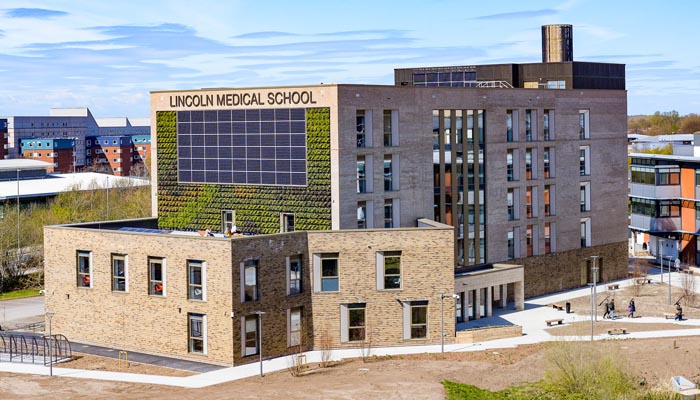
Green Spaces on Campus
The University of Lincoln is split over three campuses; our Brayford Pool Campus in Lincoln, our Riseholme Campus just north of the city, and our Holbeach Campus in the south of the county. Our Riseholme Campus is set in the countryside with grounds that have established woodland and wildlife.
There are a variety of green space specific projects ongoing at our city centre Brayford campus at present, including a kitchen garden, herb garden, urban bee garden, a hedgehog friendly campus campaign, the Joseph Banks Laboratories Wildflower Meadow, and the Observation Hive.
You can find out more about these spaces and the specific projects on our Estates website.
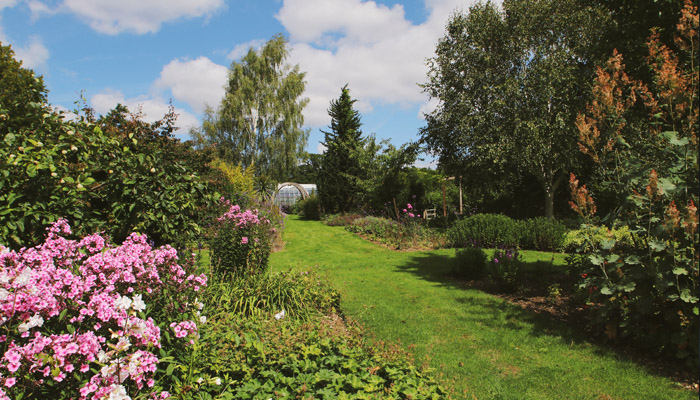
The Lincoln Swan Project
Mute swans are an important symbol of the city of Lincoln, dating back to the rebuilding of Lincoln Cathedral in 1185. Historically, large juvenile groups would over-winter on the Brayford, but recent surveys suggest that these numbers are declining. Many environmental factors may drive this apparent decline, such as a decreased food availability, aggression between swans for territory, or fishing lines or lead weights in the waterways.
In 2017 we started a programme of colour ringing swans on the waterways in and around Lincoln, funded by the University of Lincoln and with assistance from the Wildfowl and Wetlands Trust and the Yorkshire Swan and Wildlife Rescue Hospital. We have now ringed over 200 swans in and around Lincoln and are starting to get some great data on resightings.
In 2020, we developed a community science project using a phone App to allow members of the public to register with the project and submit their swan sightings.
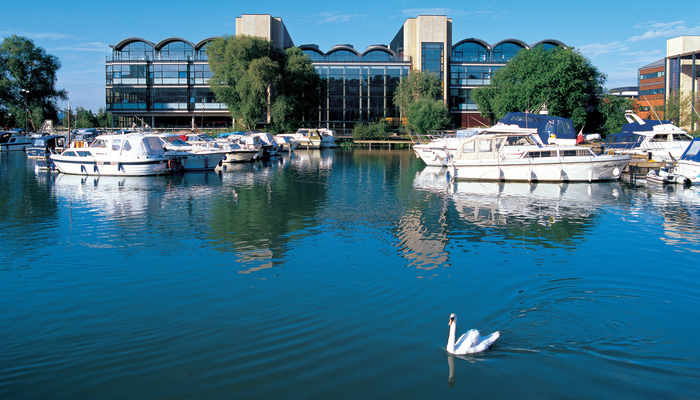

Sustainable Lincoln
Explore Visit Lincoln's top tips for living eco-friendly and find out more about what the city of Lincoln and its businesses are doing to reduce their carbon footprint.
